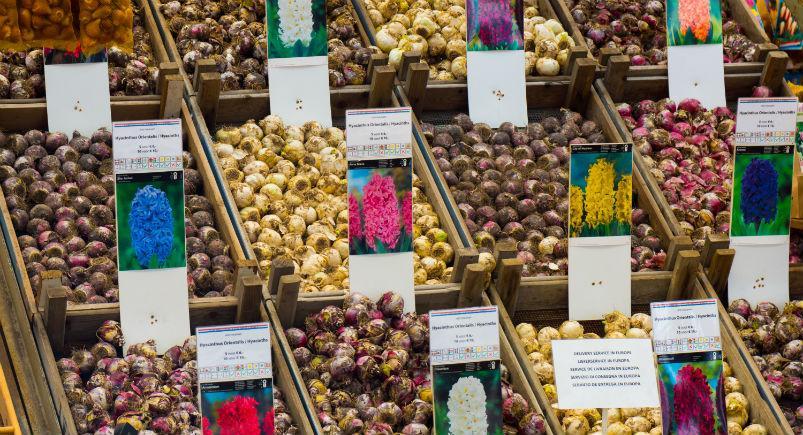
As people, we ask ourselves a certain set of questions so often that their answers start popping up without much active thought. What am I going to wear to work today? What’s the weather going to be like? Have I revamped my survival plan in the case of a global cataclysmic apocalypse event lately? The usual.
It’s probably crossed your mind at one point or another; what would the world do if, or when, the wheels finally fall off? Keep in mind that the level of analysis and actual planning you might do for this scenario varies greatly. That depends on the person and how much free time they have.
Surprisingly enough, many scientists have given some serious thought to scenarios like these.
To learn more we journey north. 1,300 kilometers past the Arctic Circle to be precise. Here, at the world’s end, the bitter quiet guides you. Our answers lie in this barren wasteland coated in shimmering, sparkling shades of white. Here, the boundary between sky and Earth fuse with no distinction; there lies no discernible horizon, just space, time, and the hollow void of empty cold.
Ironically, one of the most unforgiving climates this planet can display holds the keys to life, as we know it, and the answers to some of our biggest concerns might be smaller than you might think.
Welcome to your doomsday … vault?
Cheery nickname aside, the Svalbard Global Seed Vault is the final destination in our contingency plan for a worldwide crisis. Opened in February of 2008, the vault is a secure seed bank located on the Norwegian island of Spitsbergen (about 810 miles from the North Pole). Conservationists, in tandem with the Consultative Group on International Agricultural Research (CGIAR) started the vault in order to safeguard a huge variety of plant seeds in the case of a global crisis.
The specs
- The vault is buried 120 meters (390 ft.) within a sandstone mountain on Spitsbergen Island.
- The vault is 130 meters (430 ft.) above sea level to keep the site dry even if the ice caps melt.
- The facility is managed by the Nordic Genetic Resource Center, but there are no permanent staff on-site.
- A feasibility study prior to the vault’s construction determined that the vault could preserve most major food crops’ seeds for hundreds of years.
As solid as the structure is, it’s far from indestructible. Recently, the vault’s integrity was compromised and climate change might be to blame as temperatures continue to rise. Much of the surrounding ice and permafrost (soil, rock or sediment that is frozen for more than two consecutive years) has melted and it started barreling into the entrance tunnel.
The vault is now fine and the seeds are safe, but the recent flooding brings into question issues regarding maintenance and longevity. The facility is unmanned, so it’s critical that any status change with the vault is immediately addressed.
Actsoft has the technology to help monitor and ultimately preserve the vault and its precious contents. As the ice continues to melt, a change from unmanned to manned surveillance might need to occur. Actsoft’s Advanced Wireless Forms can account for the seeds in the vault, ensuring everything is where it should be. Wireless Forms can also help researchers document and report the levels of ice and permafrost surrounding the vault’s exterior. Nordic Genetic Research Center employees could take pictures of the site and send them back to research centers to keep everyone aware of the vault’s status.
Preparation is vital as the landscape of our planet changes over time. By leveraging Actsoft’s Wireless Forms technology, we can help ensure some of the world’s most precious commodities are safe and preserved.
Have any questions on how Actsoft can help you?
Call (888) 732-6638 or Receive a Live Webinar

















 Encore & Geotab Drive
Encore & Geotab Drive
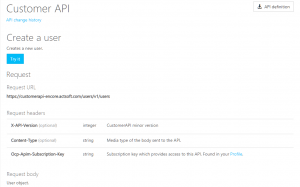


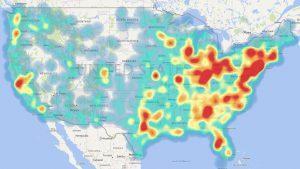
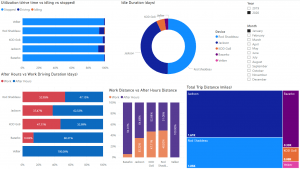
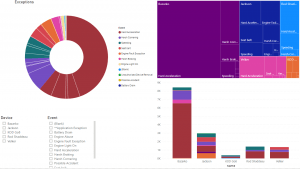
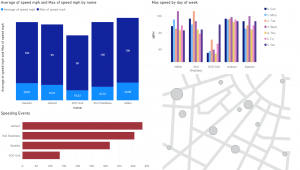
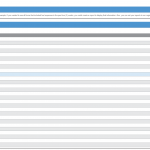
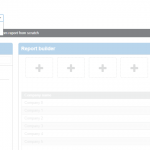
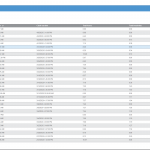
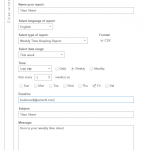


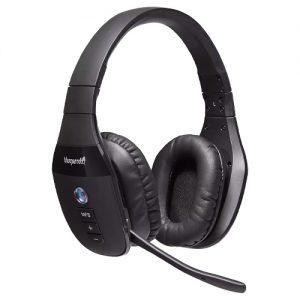
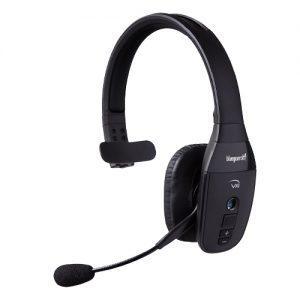


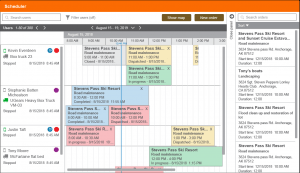
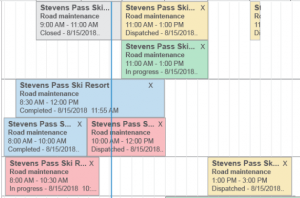
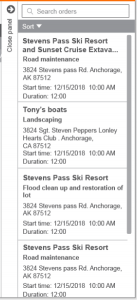

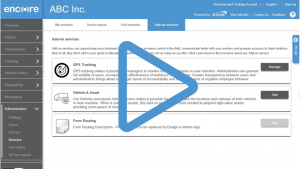
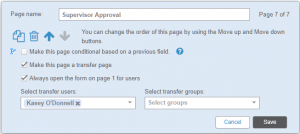
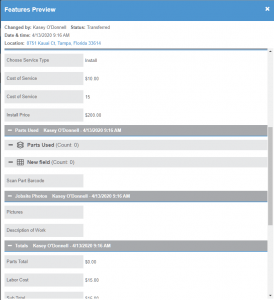
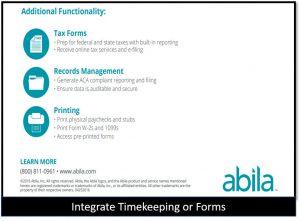
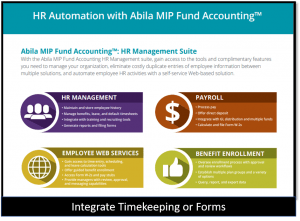

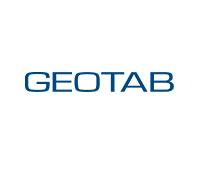 Gain even greater insight into the daily activities of your fleet using the combination of Geotab and Actsoft. Geotab devices provide detailed data collection and seamless integration with our solutions; learn more about the ways your vehicles are being used daily with the power of this tandem.
Gain even greater insight into the daily activities of your fleet using the combination of Geotab and Actsoft. Geotab devices provide detailed data collection and seamless integration with our solutions; learn more about the ways your vehicles are being used daily with the power of this tandem.



 Actsoft partnered with Odin to provide our solutions overseas, through payment processing integrations. Odin helps us support user management for our software; customers can also purchase our products through Odin’s billing platform.
Actsoft partnered with Odin to provide our solutions overseas, through payment processing integrations. Odin helps us support user management for our software; customers can also purchase our products through Odin’s billing platform.

 VisTracks powers our Electronic Logging Device (ELD) solution, which enables transportation businesses to easily automate their hours of service logs, remain in governmental compliance, and reduce their potential to incur costly fines.
VisTracks powers our Electronic Logging Device (ELD) solution, which enables transportation businesses to easily automate their hours of service logs, remain in governmental compliance, and reduce their potential to incur costly fines. Integration between Actsoft solutions and BeWhere’s software products is available. Take your team’s asset tracking, cellular data connectivity, and field insight a step further with effective, cross-application compatibility.
Integration between Actsoft solutions and BeWhere’s software products is available. Take your team’s asset tracking, cellular data connectivity, and field insight a step further with effective, cross-application compatibility.
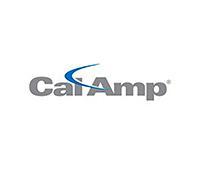 CalAmp tracking devices for vehicles and assets alike are compatible with Actsoft solutions, making it easy for you to efficiently monitor your equipment and fleet cars. Help your team enhance accountability, safety, and savings through a combination of easily installed hardware and intuitive software.
CalAmp tracking devices for vehicles and assets alike are compatible with Actsoft solutions, making it easy for you to efficiently monitor your equipment and fleet cars. Help your team enhance accountability, safety, and savings through a combination of easily installed hardware and intuitive software.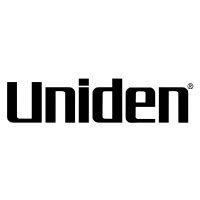 Our partnership with Uniden is ideal for companies looking to gain advanced diagnostics on their fleets. Uniden’s extensive product listing of car electronics like radios, dash cams, radar detectors, and in-vehicle communicators work in concert with Actsoft’s solutions to better connect your vehicles to the company headquarters.
Our partnership with Uniden is ideal for companies looking to gain advanced diagnostics on their fleets. Uniden’s extensive product listing of car electronics like radios, dash cams, radar detectors, and in-vehicle communicators work in concert with Actsoft’s solutions to better connect your vehicles to the company headquarters.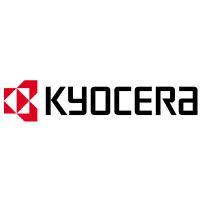 Kyocera offers a wide range of mobile devices, ranging in design from traditional phones to ultra-durable handset technology. Actsoft is able to equip organizations in a variety of different industries with solutions for improved business, while Kyocera supplies the technology they can flawlessly operate on.
Kyocera offers a wide range of mobile devices, ranging in design from traditional phones to ultra-durable handset technology. Actsoft is able to equip organizations in a variety of different industries with solutions for improved business, while Kyocera supplies the technology they can flawlessly operate on.

 Our software is the perfect complement to Apple’s user-friendly technology. Equip your workforce with the devices and solutions it needs for optimized productivity during daily operations with Apple and Actsoft.
Our software is the perfect complement to Apple’s user-friendly technology. Equip your workforce with the devices and solutions it needs for optimized productivity during daily operations with Apple and Actsoft.
 Actsoft and Sanyo teamed up to merge intuitive business management software with the technology of today. This partnership allows us to provide you with all the tools your team needs for improved workflows, better coordination, and optimized productivity.
Actsoft and Sanyo teamed up to merge intuitive business management software with the technology of today. This partnership allows us to provide you with all the tools your team needs for improved workflows, better coordination, and optimized productivity. Motorola’s mobile technology works in tandem with our solutions to provide extra versatility to your business practices. Coupled with our software’s features, Motorola’s reliable devices make connecting your workforce simpler than ever to do.
Motorola’s mobile technology works in tandem with our solutions to provide extra versatility to your business practices. Coupled with our software’s features, Motorola’s reliable devices make connecting your workforce simpler than ever to do. We’re able to bundle certain solutions of ours (including our Electronic Visit Verification options) with Samsung devices to help your team achieve as much functionality as possible, while keeping rates affordable. Use these combinations for accurate recordkeeping, improved communication, and smarter data collection in the field.
We’re able to bundle certain solutions of ours (including our Electronic Visit Verification options) with Samsung devices to help your team achieve as much functionality as possible, while keeping rates affordable. Use these combinations for accurate recordkeeping, improved communication, and smarter data collection in the field.